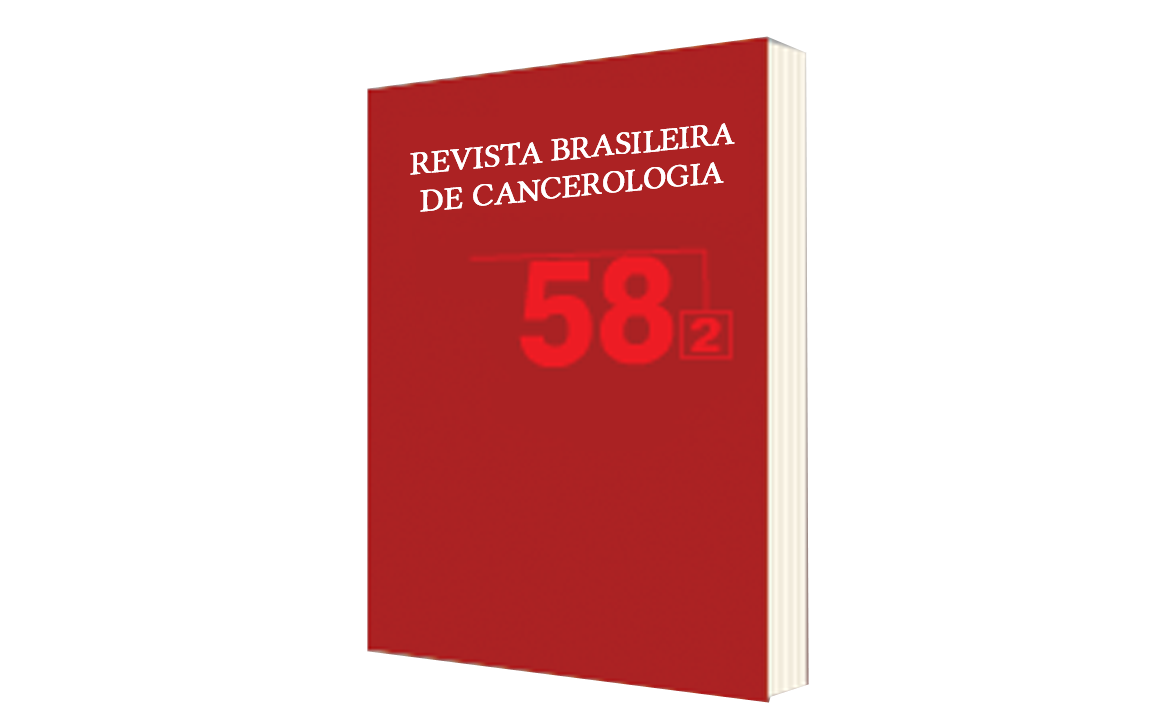Malnutrition in Children up to 12 Years Old with Leukemia Treated at the Institute for the Defense of Children with Cancer in Jundiaí, SP
DOI:
https://doi.org/10.32635/2176-9745.RBC.2012v58n2.624Keywords:
Nutritional Status, Leukemia, Malnutrition, Child Nutrition Disorders, Child, Preschool, ChildAbstract
Introduction: Malignant neoplasms deserve special attention, particularly in childhood, as they can affect growth and development of children; in addition, there is a high risk of these children to be malnourished, due to several factors, such as: the side effects of an antineoplastic therapy, the psycho and social changes (depression, anxiety and fear), and inadequate caloric and protein intake. Objective: To identify the nutritional status of 42 children from zero to 12 years of age, type of prescribed diet, supplement use, gastrointestinal symptoms and the chemotherapy and / or radiotherapy for anti cancer treatment. Method: Retrospective, descriptive study, based on data contained in the records of patients with diagnosis of leukemia. Their nutritional state was classified according to BMI / age in Z score. Data as to gastrointestinal symptoms, diet and type of therapy were also collected from medical records. Results: There was a prevalence of disease in females (57.1%) and in the age group from 3 to 6 years (35.7%), in which 52.4% had malnutrition, 47.8% of the diets were general, the predominant gastrointestinal symptoms were vomiting in 71.4%, followed by stomatitis (47.65), diarrhea (45.2%), nausea (42.9%), oral herpes (14,3%) and constipation (9.5%). The chemotherapy treatment was dominant in 95.2% of cases. Conclusion: These children with leukemia showed high levels of malnutrition and gastrointestinal complications; and it is necessary to maintain a multidisciplinary approach for their health care.









